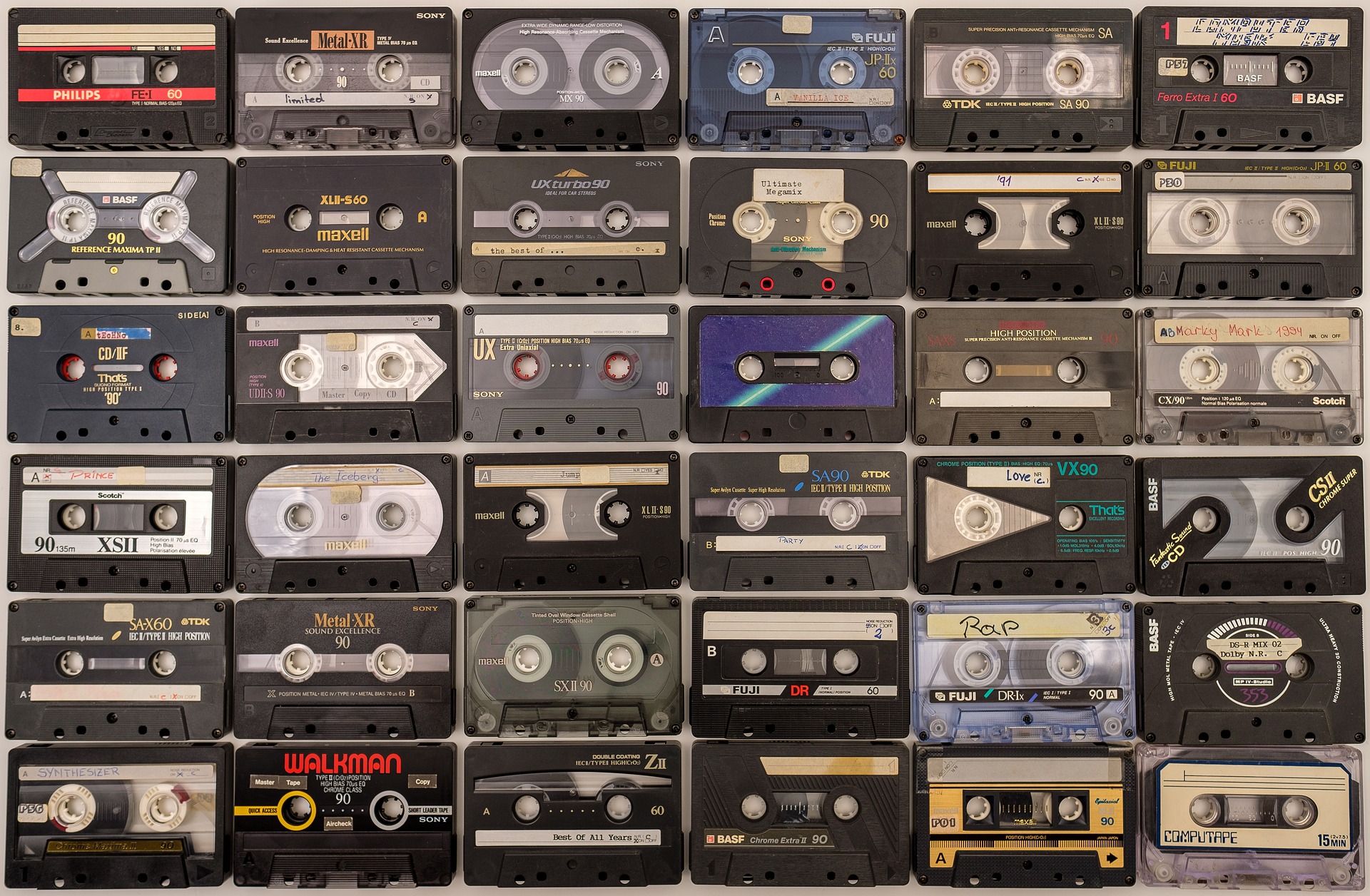Resonance and Relevance: The Influence of Social Media on Contemporary Art
The rapid evolution of technology has left an indelible mark on our society, significantly transforming the arts and entertainment industry. Among these changes, the rise of social media platforms has been a game-changer, reshaping how artists create and share their work, and how audiences perceive and interact with art. This article delves into the profound impact of social media on contemporary art and provides an insight into its current trends and implications.
The Digital Dawn: Social Media’s Entry into the Artistic Landscape
The advent of social media platforms like Instagram, Facebook, Twitter, and YouTube has revolutionized our daily lives and, by extension, the world of art. The initial purpose of these platforms was simple: connecting people and allowing them to share their lives with others. However, artists quickly recognized the potential of these platforms as a medium for artistic expression and a powerful tool for reaching a global audience.
A Canvas for All: Democratization of Art through Social Media
One of the most significant impacts of social media on contemporary art has been the democratization of artistic expression. With social media, anyone with a smartphone can share their creations with the world, regardless of their professional training or background. This has led to a surge in grassroots creativity, with countless artists gaining recognition through their online presence alone.
The Birth of Viral Art: Social Media as a Launchpad for Artistic Success
The phenomenon of viral content has also permeated the art world. Artworks shared on social media can quickly gain widespread attention, making artists overnight sensations. Success stories like that of the Australian artist CJ Hendry, who gained international fame through Instagram, illustrate the platform’s power to catapult artists into the limelight.
An Interactive Gallery: Audience Engagement in the Era of Social Media
Social media has not only transformed how artists create and share their work but also how audiences interact with art. Social media enables a two-way conversation between artists and audiences, fostering a sense of community. This interactive aspect is a stark contrast to traditional art-viewing experiences, where interaction is often limited to silent contemplation.
The Critique and the Challenge: Navigating the Complexities of Art in the Social Media Age
While social media undoubtedly offers numerous opportunities for artists and audiences, it also presents unique challenges. The democratization of art can lead to an oversaturated market, making it difficult for artists to stand out. Moreover, the trend-driven nature of social media can pressure artists to alter their style or subject matter to appeal to popular tastes. This raises questions about the authenticity of art in the era of social media.
In conclusion, social media has undeniably reshaped the landscape of contemporary art, democratizing artistic expression, fostering audience engagement, and creating new opportunities and challenges. As we continue to navigate this digital age, the relationship between social media and art will undoubtedly continue to evolve, shaping the future of creative expression.





